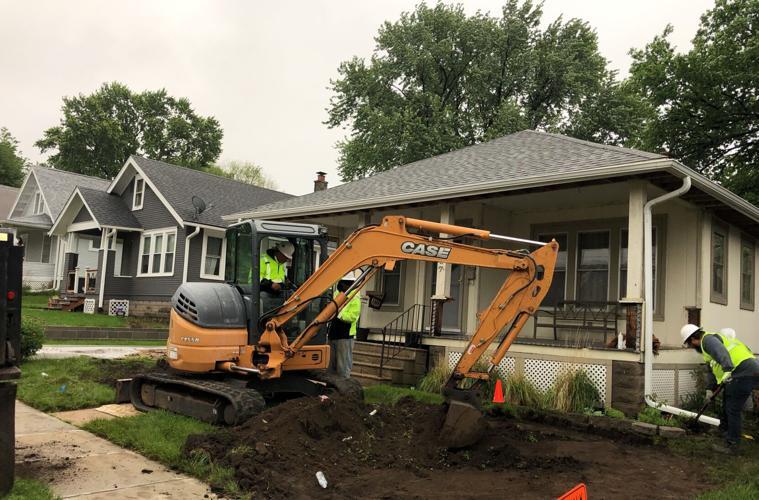Introduction
Lead remediation efforts have been ongoing in Omaha since 1999. The EPA, City of Omaha, and community partners have worked together to mitigate the impacts of lead pollution though soil removal and paint encapsulation for affected properties, community education and outreach, and medical aid.
Remediation was neither immediate, nor uncontested. It involved years-long dialogues between governmental agencies, public health officials, nonprofits, and communities. How did communities respond the threat of lead and possibilities of remediation?
This study aims to better understand the relationship between the affected communities and government, as well as the role that the community plays in shaping the remediation process. Community response was critical in both forming and pushing forward lead remediation efforts in Omaha.
Our goal with this project was to characterize the effectiveness of and reactions to lead remediation efforts within the Omaha Lead Superfund Site. In order to do this, we wanted to collect a variety of perspectives and knowledge from people occupying a variety of roles within the community. At the start of our collection is the EPA’s final Record of Decision, which documented how lead remediation would be carried out within Omaha. This general plan for remediation is still being followed today and continues to affect the community. We also included a collection of public comments addressed to the EPA to give a brief introduction on the community’s reaction to lead remediation efforts.
Our first interview was with Watie White, a local artist who created “Lead Stories”, an art project that took interviews with individuals and paired them with artwork. We also talked to Kara Eastman, Maya Khanna and Brenda Council who were featured in Watie White's project. Many of the people we talked to referenced Omaha Healthy Kids Alliance, a nonprofit environmental health organization focused on lead. Eastman started the OHKA and served as long-time President and CEO.
White connected us with TD Sanders, the CEO of the Omaha Star, a local newspaper. In addition to Khanna’s medical research on lead and brain development, we also talked to registered nurse Alicia Whitehill who was able to talk about the blood lead testing in children in order to gain a public health perspective. We also spoke with Judith Hill, the executive director for the North Omaha Collective, a group focused on equality for marginalized groups in Omaha. In her interview, she draws together many of our major themes about injustice and inequality from an environmental and social standpoint.
Although every interview was unique, several common themes tied the community experience of lead remediation together. These themes include the importance of building trust between community and government organizations, the breakdown of societal barriers, and the value of collaboration between individuals and organizations.
